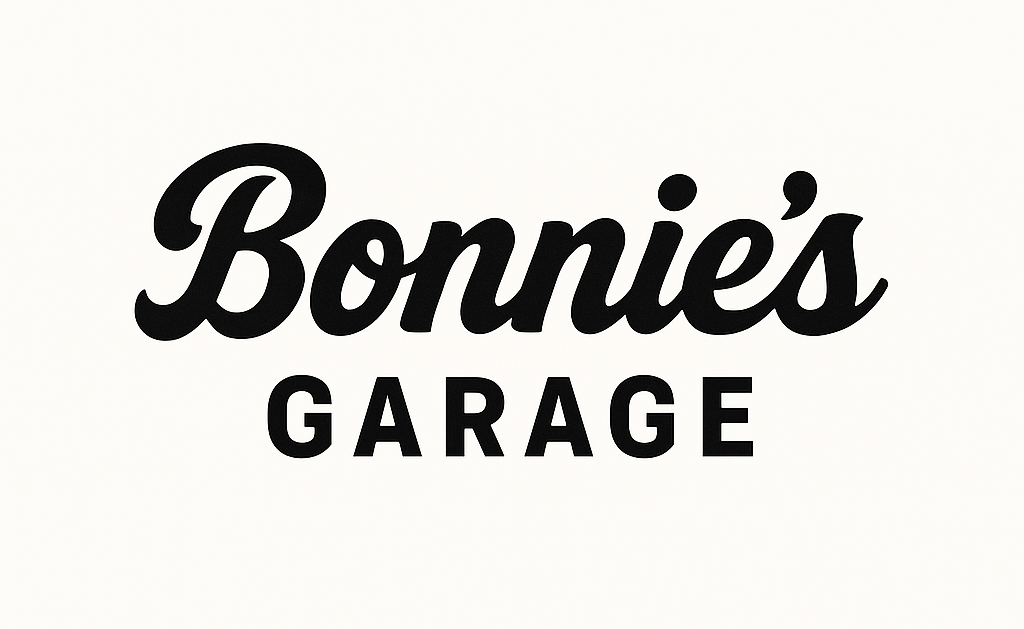Gen Z is officially hitting the road in full force across New Zealand and Australia. Born between the mid-1990s and early 2010s, this tech-savvy, budget-conscious generation is now shopping for their first or second car. But forget luxury EVs and high-end SUVs—most Gen Z buyers are focused on practicality, affordability, and a strong sense of value. In this blog, we’ll look at the realistic car models Gen Z is actually buying in 2025 across Australasia, based on market trends, price points, and what matters most to young drivers: low running costs, good fuel economy, compact size, and tech-friendly features.

Suzuki Swift: The Classic Starter Car That Still Dominates
Affordable, reliable, and compact—the Suzuki Swift continues to be one of the most popular choices among Gen Z buyers in both New Zealand and Australia. It’s easy to park, fuel-efficient, and low-cost to maintain. With newer models offering touchscreen infotainment systems and Apple CarPlay/Android Auto, it checks the “tech” box, too.
Why Gen Z Loves It:
- Perfect size for city driving
- Affordable parts and service
- Surprisingly fun to drive
- Bold colour options and youthful design
| Spec | NZ Version |
|---|---|
| Starting Price (NZD) | $21,990 |
| Starting Price (AUD) | ~$19,490 |
| Starting Price (KRW) | ~₩17,500,000 |
| Fuel Economy | 4.6L/100km |
| Transmission | CVT Automatic |
For Gen Zers living in cities like Auckland, Wellington, Melbourne or Brisbane, the Swift is an easy, dependable choice.

Toyota Yaris Cross: Small SUV Energy, Big Efficiency
The Toyota Yaris Cross combines SUV styling with hatchback efficiency, making it a go-to for Gen Z drivers who want a little more space without a big jump in fuel costs or maintenance. With Toyota’s hybrid technology, it appeals to environmentally conscious young buyers who aren’t ready to go fully electric.
Why Gen Z Loves It:
- Hybrid efficiency without the EV charging hassle
- Compact but practical for road trips or gear hauling
- Toyota Safety Sense and modern tech suite
- Low maintenance and high resale value
| Spec | NZ Version |
|---|---|
| Starting Price (NZD) | $31,990 |
| Starting Price (AUD) | ~$30,000 |
| Starting Price (KRW) | ~₩25,000,000 |
| Fuel Economy | 3.8L/100km (Hybrid) |
| Drivetrain | AWD option available |
This car hits the sweet spot between practicality and Gen Z’s growing environmental awareness.
Kia Picanto: Budget-Friendly With Surprising Charm
One of the smallest and cheapest new cars available in NZ and Australia, the Kia Picanto is extremely popular with younger drivers and university students. It’s not flashy, but it’s affordable, stylish, and very light on fuel. Plus, Kia’s 5-7 year warranties give buyers peace of mind.
Why Gen Z Loves It:
- Ultra-low entry price
- Easy to insure
- Modern interior for the price
- Reliable engine with good resale
| Spec | NZ Version |
|---|---|
| Starting Price (NZD) | $18,490 |
| Starting Price (AUD) | ~$17,890 |
| Starting Price (KRW) | ~₩14,800,000 |
| Fuel Economy | 5.0L/100km |
| Warranty | 5–7 years (depending on region) |
It’s the kind of car you can buy on a part-time job budget—and that’s exactly why it’s everywhere in uni parking lots.
MG3 Hatch: Cheap and Cheerful With a Bit of Edge
The MG3 Hatchback is another growing favorite among Gen Z thanks to its aggressive pricing and bold design. Manufactured by MG Motor under SAIC, it’s become a popular entry-level hatchback across Australia and New Zealand.
Why Gen Z Loves It:
- One of the cheapest new cars available
- Sporty look for a low price
- Large infotainment screen and digital speedo
- Easy finance options from dealerships
| Spec | AU/NZ Version |
|---|---|
| Starting Price (NZD) | $20,490 |
| Starting Price (AUD) | ~$18,990 |
| Starting Price (KRW) | ~₩16,700,000 |
| Fuel Economy | 6.7L/100km |
| Engine | 1.5L Petrol |
It’s a perfect choice for those who want something affordable, but still a bit “cool.”
Mazda 2: A Little More Premium, Still Gen Z-Friendly
The Mazda 2 may be slightly pricier than a Swift or Picanto, but it’s still within range for Gen Z buyers who want something with a little more sophistication. Excellent interior design, zippy driving, and reliable performance make this car feel like a mini luxury experience.
Why Gen Z Loves It:
- Beautiful interior design
- Responsive handling
- Fuel-efficient engine
- Mazda’s reputation for quality
| Spec | NZ Version |
|---|---|
| Starting Price (NZD) | $27,390 |
| Starting Price (AUD) | ~$26,900 |
| Starting Price (KRW) | ~₩21,500,000 |
| Fuel Economy | 5.3L/100km |
| Safety Rating | 5 Star ANCAP |
This is the car Gen Z picks when they want their first ride to have a bit of polish without going full luxury.
What Gen Z Really Cares About When Choosing a Car
It’s not just about the price tag—though that is a big factor. Here’s what defines Gen Z car preferences in 2025:
- Affordability: They’re buying used or entry-level new cars under $30,000 NZD or AUD.
- Fuel Economy: Fuel prices are high, so efficiency is key.
- Tech Features: A touchscreen and smartphone integration are a must—even in cheap cars.
- Low Insurance Costs: They’re picking cars that won’t drain their wallet every month.
- Practicality > Status: A Kia Picanto over a flashy badge, if it means fewer expenses.
Final Thoughts
In 2025, Gen Z isn’t dreaming about Porsches or full-size SUVs. They’re looking for smart, compact, and reliable cars that work with their budgets and values. In New Zealand and Australia, that means hatchbacks, hybrids, and compact SUVs under $30K—cars like the Suzuki Swift, Toyota Yaris Cross, and Kia Picanto. These models deliver just enough tech, style, and practicality to keep up with the lifestyle of the next generation of drivers.

Sources:
Autocar NZ
Toyota New Zealand
NZ Herald Motoring
CarExpert Australia
Drive.com.au
MG Motor New Zealand
Kia Motors NZ


